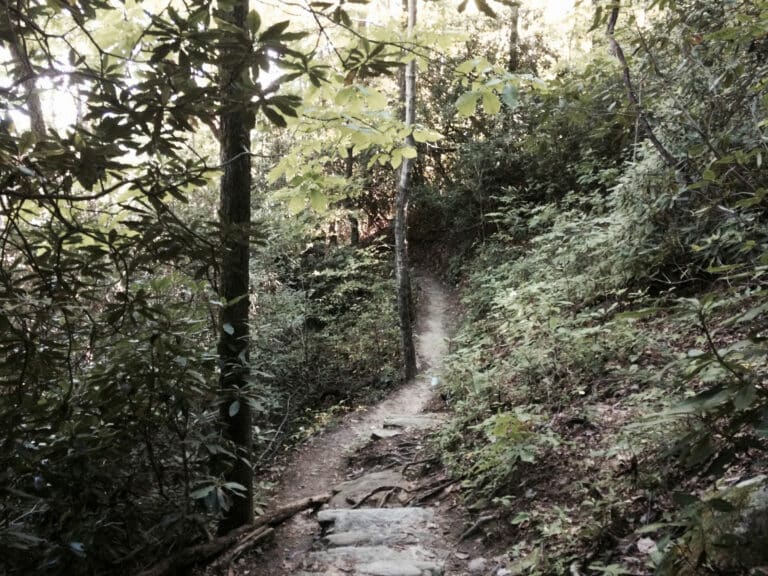Dear EarthTalk: Can you explain what “fracking” is with regard to natural gas exploration and why it is controversial? — Jonas Kern, Bellevue, WA
Fracking is shorthand within the oil and gas industry for “hydraulic fracturing,” a process in which drillers blast millions of gallons of water, sand and hazardous chemicals at high-pressure into sub-surface rock formations to create fractures that facilitate the flow of recoverable oil or gas. According to the Interstate Oil and Gas Compact Commission, 90 percent of all oil and gas wells in the U.S. are “fracked” to boost production. Fracking usually occurs just after a new well is drilled, but many wells are fractured numerous times to get as much production out of a profitable site as possible.
But after a series of accidents in Pennsylvania and elsewhere over the last few years, fracking has come under attack as dangerous to both human health and the environment. The most common problem involves the disposal of the toxic sludge that results from fracking. Texas-based XTO Energy, for instance, racked up 31 fracking-related pollution violations at 20 wells in Pennsylvania’s Marcellus Shale in 2010 alone. But the fact that between 20 and 40 percent of the chemicals remain stranded underground—where they can contaminate drinking water, soils and other features of the environment that plants, animals and humans rely on—is perhaps even more troubling. According to the U.S. Environmental Protection Agency (EPA), a least nine different chemicals commonly used in fracking are injected into oil and gas wells at concentrations that pose a threat to human health.
With Americans getting half of their drinking water from underground sources, it’s no wonder that people are concerned about the risks of fracking—especially since 2005 when George W. Bush exempted oil and gas companies from federal regulations designed to protect our drinking water. Meanwhile, most state oil and gas regulatory agencies don’t require companies to report the volumes or names of chemicals being used in extraction (benzene, chloride, toluene and sulfates are among them). The result, according to the non-profit Oil and Gas Accountability Project, is that one of the country’s dirtiest industries enjoys an exclusive right to “inject toxic fluids directly into good quality groundwater without oversight.”
There are other potential issues with fracking as well. The non-profit Natural Resources Defense Council (NRDC) warns that beyond contaminating drinking water with toxic and in some cases carcinogenic chemicals, fracking could trigger earthquakes, poison grazing livestock, and overburden our wastewater systems—especially since drilling expanded during Bush’s tenure in the White House.
In response to public concern about the potential risks associated from fracking, the EPA recently commenced a comprehensive study on the topic. Oil companies and environmentalists alike hope that the study puts to rest any debate over the environmental impacts of the process. In the meantime, the city council in Pittsburgh, Pennsylvania recently voted to outlaw fracking there, while New York governor David Paterson extended a moratorium on fracking in his state through July of 2011, citing concerns about whether the technique is safe enough to allow it at all moving forward. Other municipalities and states are waiting to see what the EPA finds before making their own decisions on fracking.
CONTACTS: EPA, www.epa.gov; Interstate Oil and Gas Compact Commission, www.iogcc.state.ok.us; Oil and Gas Accountability Project, ogap.org; NRDC, www.nrdc.org.







